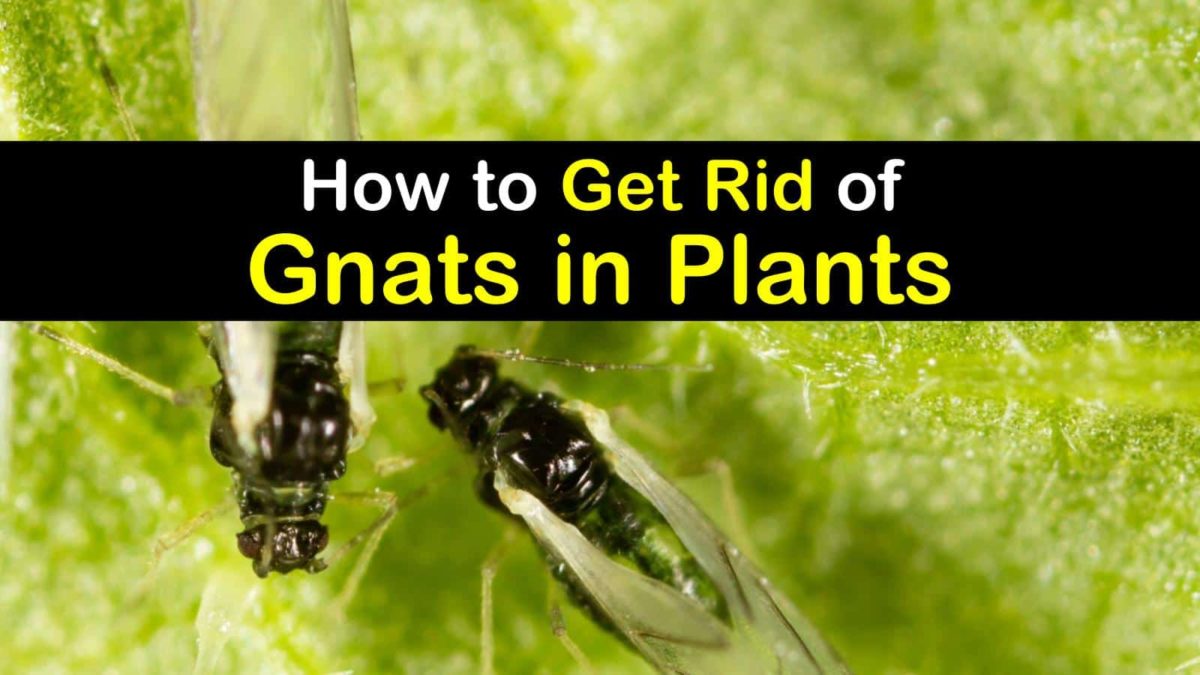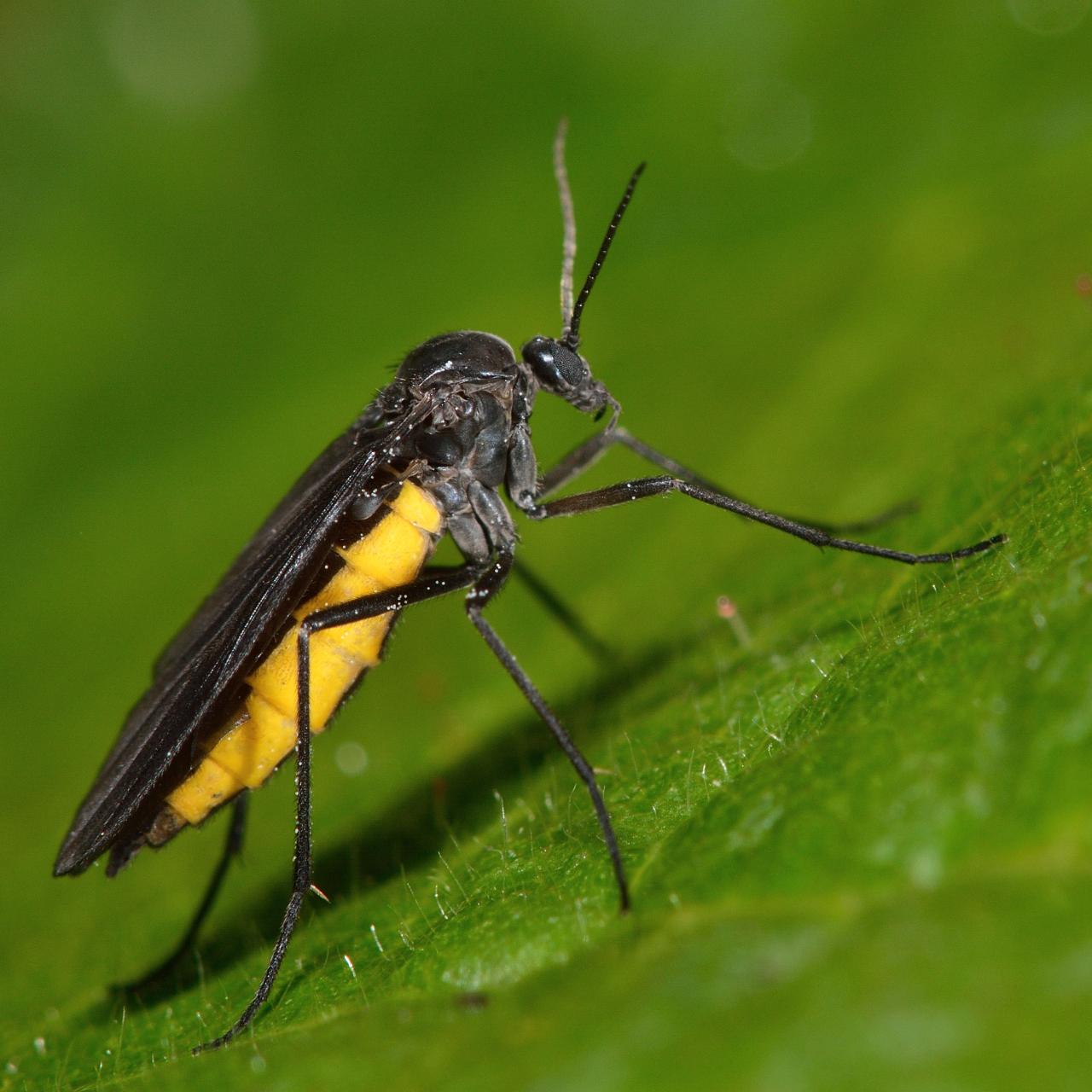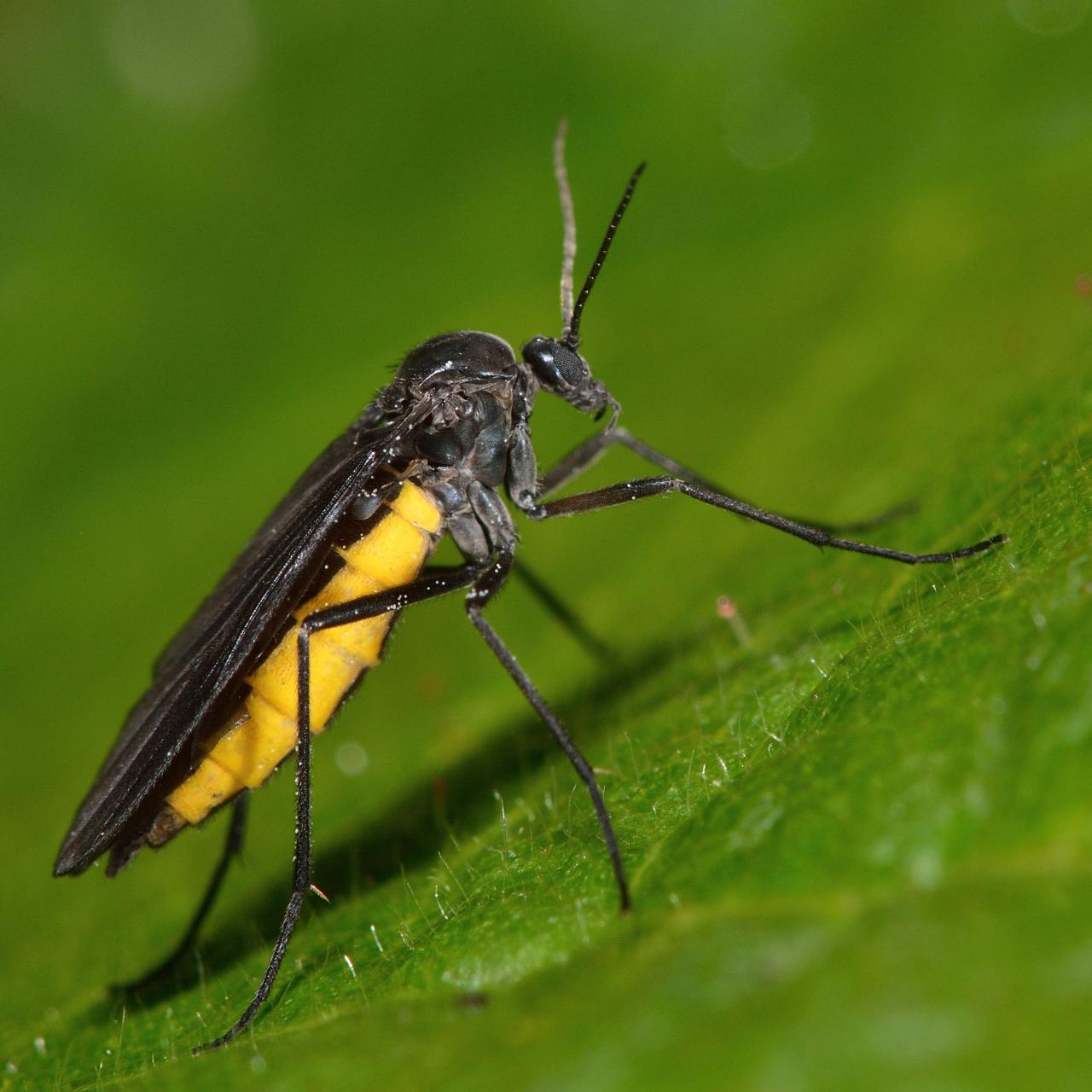How to Create a Gnat-Free Environment for Your Plants is a crucial aspect of plant care, ensuring your green companions thrive without pesky invaders. These tiny flies, often attracted to moist soil and decaying matter, can quickly become a nuisance, hindering plant growth and potentially spreading diseases.
Understanding their life cycle and preferred breeding grounds is the first step in creating a gnat-free haven for your plants.
From preventative measures like maintaining proper soil moisture and using natural repellents to effective control methods like yellow sticky traps and homemade gnat traps, this guide provides a comprehensive approach to managing gnat infestations. We’ll also delve into the benefits of using beneficial nematodes as a natural biological control method, offering a sustainable solution for long-term gnat prevention.
Understanding Gnats and Their Attraction to Plants: How To Create A Gnat-Free Environment For Your Plants
Gnats are tiny flies that can be a nuisance to both plant owners and homeowners. They are often attracted to indoor plants, where they can quickly multiply and become a persistent problem. Understanding the factors that attract gnats to plants can help you create a gnat-free environment and protect your beloved greenery.
Life Cycle and Breeding Grounds, How to Create a Gnat-Free Environment for Your Plants
Gnats undergo a complete metamorphosis, meaning they go through four distinct stages: egg, larva, pupa, and adult. The life cycle of gnats can vary depending on the species and environmental conditions, but typically takes a few weeks to complete.
- Eggs: Gnats lay their eggs in moist, decaying organic matter, such as compost, potting soil, and damp areas around plants.
- Larvae: Once the eggs hatch, the larvae emerge and feed on the decaying organic matter. They are small, white, and worm-like.
- Pupae: After a period of feeding, the larvae transform into pupae, which are inactive and resemble small, brown capsules.
- Adults: Finally, the adult gnats emerge from the pupae and begin the cycle anew.
Gnats are attracted to moist environments, as they need water for their eggs to develop. This is why they are often found in areas with excessive watering, over-fertilized soil, or standing water.
Types of Gnats Attracted to Plants
Several types of gnats are commonly found around plants.
- Fungus Gnats: These gnats are small, dark-colored flies that are attracted to moist soil and decaying organic matter. They are often found in indoor plants and can cause damage to seedlings and young plants.
- Shore Flies: Shore flies are slightly larger than fungus gnats and have a more rounded body shape. They are attracted to decaying organic matter and can be found around compost bins and garbage cans.
- Drain Flies: Drain flies are small, dark-colored flies with hairy wings. They are attracted to damp, stagnant water and are often found in bathrooms, kitchens, and basements.
Factors Attracting Gnats to Plants
Several factors can attract gnats to plants.
- Moisture: Gnats are attracted to moist environments, as they need water for their eggs to develop. This is why they are often found in areas with excessive watering, over-fertilized soil, or standing water.
- Decaying Matter: Gnats feed on decaying organic matter, such as compost, potting soil, and dead leaves. They are also attracted to the scent of decaying matter, which can attract them to your plants.
- Specific Plant Species: Certain plant species are more susceptible to gnat infestations than others. For example, plants that have a tendency to retain moisture in their soil, such as African violets and orchids, are more likely to attract gnats.
Controlling Existing Gnat Infestations

Once you have identified the source of the gnat infestation and taken steps to prevent further breeding, you can focus on eliminating the existing gnats. There are various methods for controlling gnat infestations, each with its own advantages and disadvantages.
Yellow Sticky Traps
Yellow sticky traps are an effective way to catch and monitor gnat populations. Gnats are attracted to the yellow color and become trapped on the sticky surface. This method is particularly useful for monitoring the effectiveness of other control methods.
- Place the traps near plants or areas where gnats are most active.
- Replace the traps regularly, as they become less effective as they become filled with gnats.
- Use multiple traps to increase the effectiveness of the method.
Homemade Gnat Traps
A simple homemade gnat trap can be created using a dish of vinegar and dish soap. Gnats are attracted to the vinegar, and the dish soap breaks the surface tension of the liquid, preventing them from escaping.
Creating a gnat-free environment for your plants starts with understanding the signs of an infestation. Early detection is key to preventing a full-blown problem, so knowing how to identify a gnat infestation in your plants early is crucial. If you notice small, flying insects hovering around your plants, particularly near the soil, it’s time to take action.
Learn more about identifying gnat infestations early by reading our comprehensive guide: How to Identify a Gnat Infestation in Your Plants Early. Once you’ve identified the problem, you can implement effective solutions to create a gnat-free environment for your beloved plants.
- Fill a shallow dish with apple cider vinegar.
- Add a few drops of dish soap to the vinegar.
- Place the dish near plants or areas where gnats are active.
This method is inexpensive and easy to implement, but it may not be as effective as other methods.
Creating a gnat-free environment for your plants starts with understanding the root of the problem: gnat larvae in the soil. These tiny pests thrive in moist, organic matter, which is exactly what your plants need. To combat them, you need to eliminate their breeding ground.
The key is to let the soil dry out between waterings, and consider using a preventative solution like diatomaceous earth. For a more comprehensive guide on eradicating these pesky larvae, check out this article on How to Get Rid of Gnat Larvae in Plant Soil.
By addressing the larvae issue, you can create a healthier environment for your plants and enjoy their beauty without the pesky gnats.
Beneficial Nematodes
Beneficial nematodes are microscopic worms that are natural predators of gnat larvae. These nematodes can be applied to the soil to control gnat populations.
- Nematodes are most effective when applied to moist soil.
- They can be purchased online or at garden centers.
- Follow the instructions on the product label carefully.
Beneficial nematodes are an environmentally friendly and effective way to control gnat infestations.
Maintaining a Gnat-Free Environment
Preventing future gnat infestations requires consistent vigilance and a proactive approach. By implementing a comprehensive maintenance plan, you can create a less hospitable environment for gnats and protect your plants from these pesky insects.
Regular Inspections
Regularly inspecting your plants and soil for signs of gnats is crucial for early detection and prevention. A proactive approach can help you address any issues before they escalate into a full-blown infestation.
- Visual Inspection:Observe your plants for signs of gnat activity, such as small, flying insects, black specks on the soil surface, or yellowing leaves.
- Soil Examination:Gently probe the soil surface with a finger or a small tool. If you notice any moist areas or a slimy film, it could indicate the presence of gnat larvae.
- Frequency:Aim to inspect your plants at least once a week, especially during humid or rainy seasons.
Final Summary

By implementing these strategies and maintaining a vigilant approach to plant care, you can create a gnat-free environment that promotes healthy plant growth. Remember, a proactive approach is key to preventing infestations and ensuring your plants flourish. With a little effort and the right knowledge, you can enjoy the beauty of your plants without the annoyance of gnats.
Popular Questions
What are the signs of a gnat infestation?
Common signs include small, flying insects around your plants, especially near the soil, tiny white larvae or eggs in the soil, and yellowing or wilting leaves.
How often should I inspect my plants for gnats?
It’s recommended to inspect your plants weekly, paying close attention to the soil and leaves for any signs of gnats or their larvae.
Can gnats harm my plants?
While gnats themselves don’t typically cause significant damage, their larvae can feed on plant roots, weakening the plant and making it more susceptible to diseases.
Are there any specific plant species that attract gnats more than others?
Plants with moist, organic-rich soil, such as African violets, orchids, and ferns, are more prone to gnat infestations.
